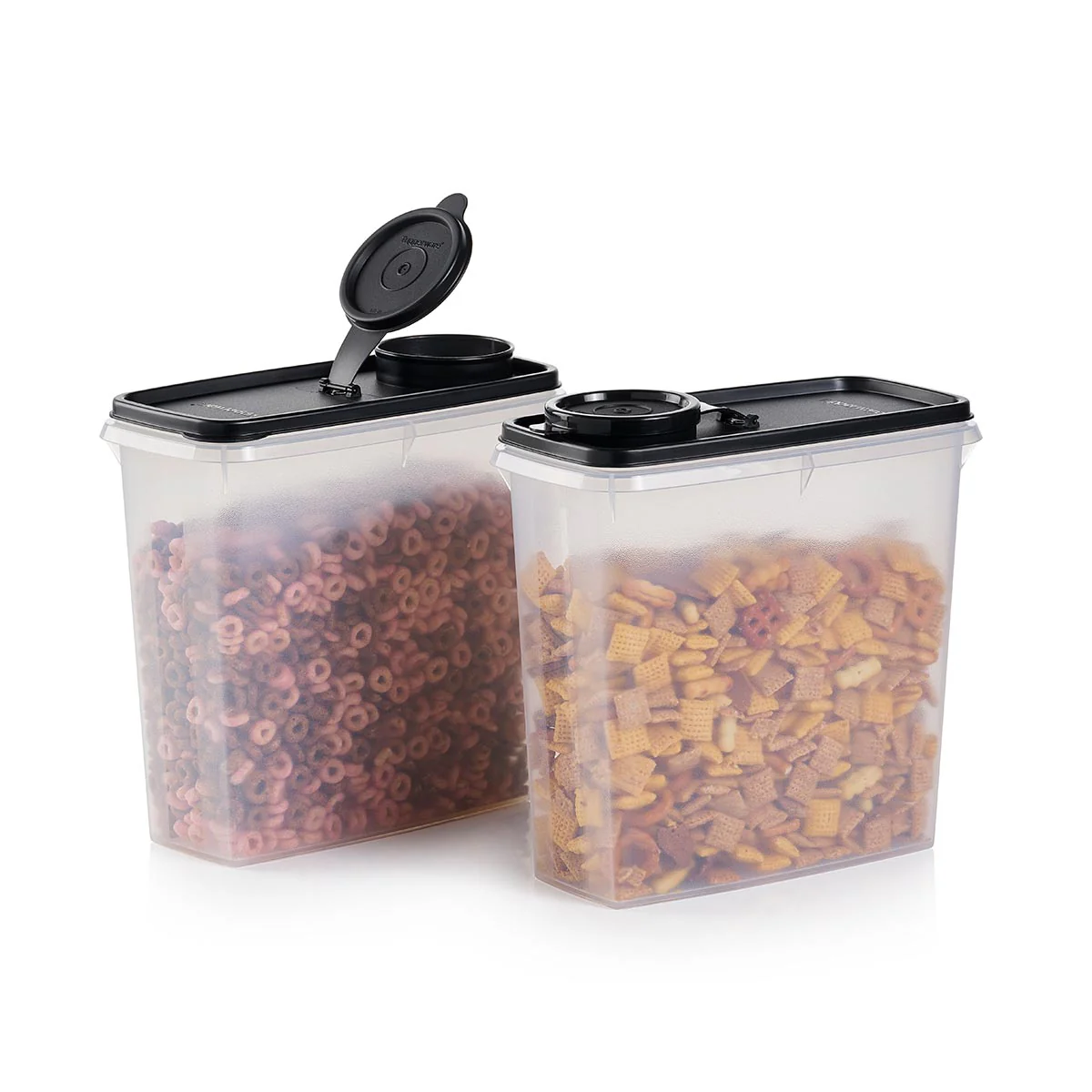By Tasha Bulamu
As an entrepreneur in the produce supplies business in Kampala, Uganda, I have witnessed firsthand the challenges many individuals and businesses face when it comes to storing grains, flour, and other dry goods. At Stesh Commodities, we source and distribute various staple foods, including maize, beans, rice, and wheat flour, to households and businesses across Uganda. Proper storage is crucial in ensuring food safety, maintaining quality, and preventing losses. Through my experience, I have learned key strategies that can help anyone—from small-scale traders to large retailers—store dry goods effectively.
1. Keep Dry Goods in a Cool, Dry Place
Moisture is the greatest enemy of dry goods. It can cause mold growth, attract pests, and lead to spoilage. I recall a client, a bakery owner in Kisenyi, who unknowingly stored his flour sacks near a leaking roof. Within weeks, the flour had clumped together, developed an odd smell, and was rendered unusable. To avoid such issues, always store dry goods in a dry, well-ventilated space, away from leaks and direct exposure to moisture.
2. Use Airtight Containers
For smaller quantities of grains and flour, airtight containers are a must. They protect against insects, rodents, and humidity. A customer who runs a supermarket in Nakawa once shared her struggle with weevils infesting her rice stock. After switching to sealed plastic bins with tight lids, the problem disappeared. Whether using plastic, glass, or metal containers, ensure they are clean and tightly sealed to maintain freshness.
3. Elevate Storage from the Floor
In many traditional storage settings, sacks of grains are often piled directly on the ground. However, this method invites moisture and pests. At Stesh Commodities, we use wooden pallets to keep sacks of maize and beans elevated, ensuring better air circulation and reducing the risk of contamination. Farmers and traders should adopt this simple yet effective technique to extend the shelf life of their produce.
4. Regularly Inspect and Rotate Stock
Dry goods should follow the “first in, first out” rule. This means older stock should be used or sold before newer supplies. A restaurant owner in Wandegeya once suffered heavy losses when she discovered that a large batch of rice at the bottom of her storage had expired unnoticed. Regular inspection helps identify spoilage, infestations, or signs of deterioration early, preventing unnecessary waste.
5. Protect Against Pests Naturally
Pests such as weevils and rodents are a major threat to stored grains. Instead of relying solely on chemical pesticides, natural solutions can be highly effective. For instance, at Stesh Commodities, we advise our clients to use dried neem leaves or bay leaves in grain storage, as these repel insects naturally. Additionally, maintaining a clean storage environment and sealing cracks can prevent pests from entering in the first place.
6. Store Flour Properly to Prevent Rancidity
Unlike whole grains, flour has a higher risk of becoming rancid due to the presence of oils in ground grains. In Uganda’s hot climate, storing flour in cool, shaded areas or even refrigerating large quantities can significantly extend its shelf life. A caterer in Ntinda who frequently buys bulk flour for her business has adopted this method, storing extra flour in airtight bags in a cool storage room, which has helped maintain quality for months.
Proper storage of grains, flour, and other dry goods is essential for maintaining food quality, reducing waste, and ensuring business profitability. Whether you are a household, a trader, or a large-scale supplier, following these best practices—keeping goods dry, using airtight containers, elevating storage, rotating stock, using natural pest deterrents, and properly handling flour—can make a significant difference. At Stesh Commodities, we continue to educate and support our customers in best storage practices to ensure they get the most value from their produce. With proper care, dry goods can remain fresh, nutritious, and safe for consumption for an extended period.



Leave a Reply